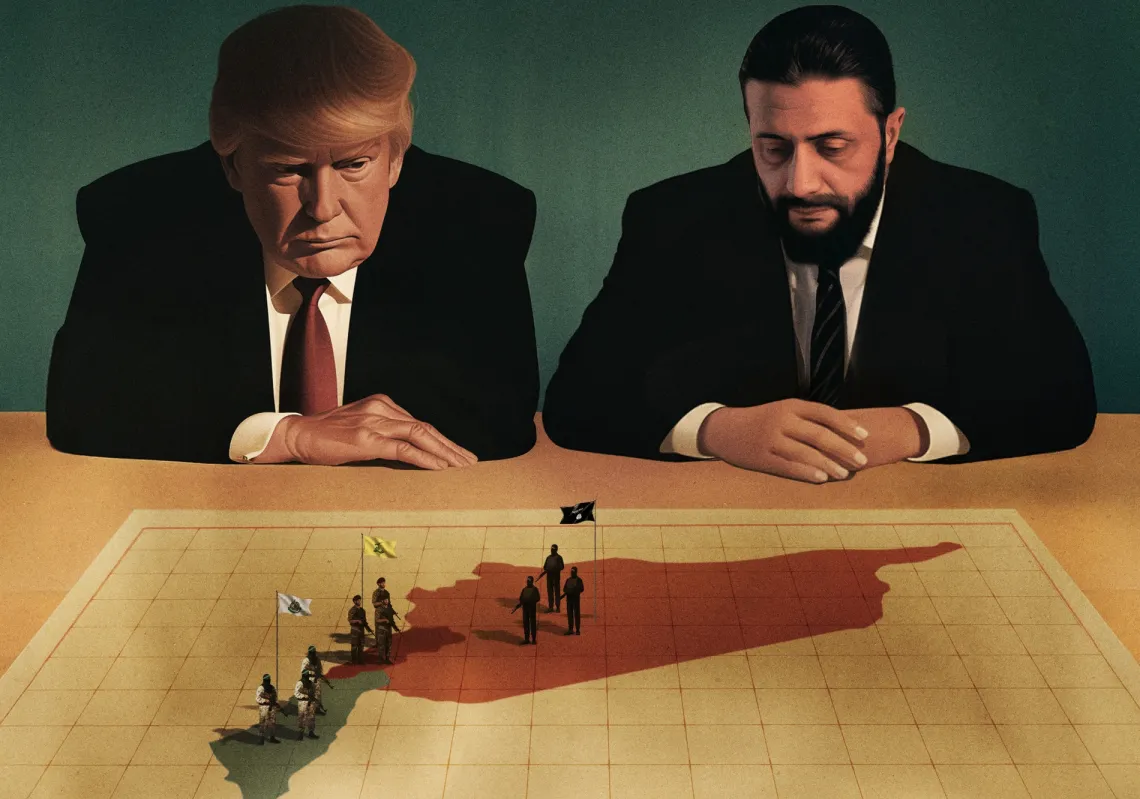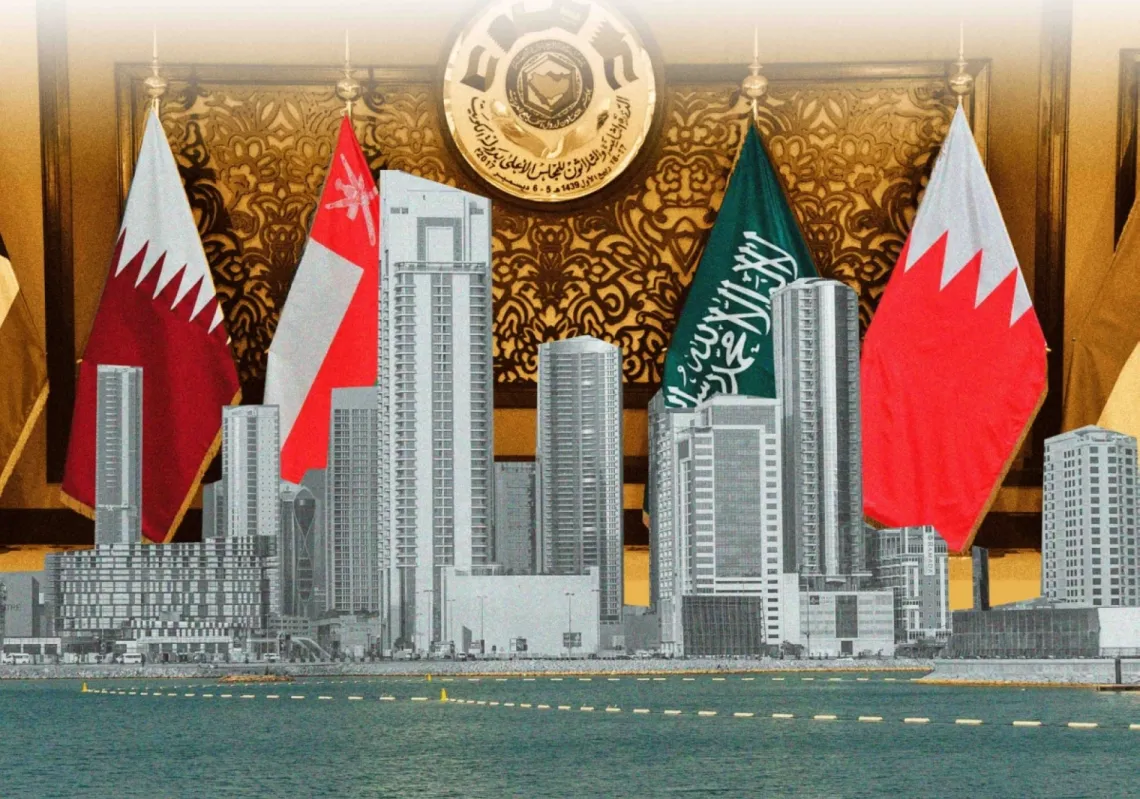 [/caption]
[/caption]
Yemen will hold a presidential election on 21 February. Yet opposition groups lack unity, sporadic fighting continues in the south, president Saleh’s son Ahmed Ali Saleh controls the military, and trust between the interim coalition government and mass social movements is in short supply. At the same time, the stakes could not be higher. While the humanitarian crisis grows, Yemen's increasing fragmentation into local fiefdoms is playing into the hands of Al Qaeda in the Arabian Peninsula (AQAP).
[inset_left]The government in Sana’a simply does not control large parts of Yemen.[/inset_left]At the time of writing, Yemen is the first Arab country outside North Africa in which a wave of popular protest has toppled a sitting head of government. Is Yemen’s presidential election the first step towards a new, more unified and secure state? Certainly most Yemenis and some influential international friends would like to think so. But the journey is long and the risks and challenges considerable.
The transition plan
The GCC-brokered agreement concluded in November between Saleh’s General People’s Congress (GPC) and the parliamentary opposition bloc Joint Meeting Parties (JMP) envisages a two-stage transition. The first stage focuses on transitional measures. Notable elements are a new interim government of national unity controlled by the JMP, a joint military council, and the delegation of most of President Saleh’s powers to Vice President Abd Rabbu Mansour Al-Hadi, a GPC member who has occupied his current post since 1994. The second phase begins with the presidential election and will consist of a rather loosely conceived ‘national dialogue’ ahead of electoral and constitutional reform.
The plan has its strengths. The joint military council is functioning well enough, the ceasefire is holding, and the consensus around Al-Hadi has enabled Saleh’s exile to Oman (after securing a highly contentious immunity deal). However, the weaknesses are considerable. The transition agreement excludes extra-parliamentary opposition groups, notably the youth movement, northern Houthis and southern separatists. Although it is not clear how influential their views are, support for social movements has increased significantly in recent years and point to a deepening fault line in Yemeni politics. Aware of this, JMP parties have fostered links with extra-parliamentary oppositions, although their outreaches are largely only replicating the fault lines of Yemen’s political landscape within the JMP bloc.
It is easy to focus narrowly on the past 12 months given the recent upheaval. In fact, the basic structure of the transition plan has been on the table for several years. In May 2010 Saleh launched a national dialogue initiative and the following month an inter-party agreement promised constitutional and electoral reforms and mandated outreach to extra-parliamentary groups. As a goodwill gesture, Saleh released several hundred political prisoners, including southern separatists and northern Houthis.
If there is historical precedent for the current transition agreement, there are also good reasons why the present juncture is unique. Firstly, there is the extent of political divisions within Yemen. They are probably the deepest they have been since the 1990s civil war. Second, Saleh is no longer in the picture, although some suspect his influence is merely channelled through Vice President Al-Hadi. Most significant, however, is the retreat of central power. The government in Sana’a simply does not control large parts of Yemen, particularly in eastern Hydramaut and Mahra provinces, and it is vulnerable in parts of the north where Houthi rebels hold sway, and south where both separatists and AQAP vie for influence.
Election and after
In terms of the transition agreement, Vice President Al-Hadi is the unity government’s consensus candidate and the only candidate on the ballot. One may wonder why the GPC and JMP don’t simply appoint Al-Hadi as a caretaker president while a national dialogue works out the details of constitutional and electoral reforms. Why risk the pretence of a democratic election that might add confusion to an already volatile situation? As one election official told The Majalla (on condition of anonymity because he was not authorised to speak to the media), “If Al-Hadi gets 100 percent of the ballot but only 30 percent of the electorate vote, what does that mean?”
Yet allowing Saleh the face-saving gesture of completing his term rather than forcing a humiliating resignation probably is a price worth paying. And as the election official points out, the poll is better seen as a referendum, in which a vote for Al-Hadi counts as an endorsement of the GCC agreement. In other words, the measure to watch is voter turnout.
Surprisingly perhaps, bar security, the logistics of holding a successful poll are not a major concern for observers. Yemen is not Tunisia; national polls were held in 2006 and 1999 (presidential) and 2003 (legislative).
The potential flashpoints are elsewhere, and they carry a considerable threat.
Watch this space
Probably the most significant challenge will be keeping extra-parliamentary social movements onside. Established relations between these groups and JMP parties, particularly southern separatists and the Yemeni Socialist Party, and Houthi rebels and Al-Islah, are very important and give the JMP leverage in their dealings with the GPC. Yet the strength of these relationships, and indeed the coherence of these movements, is less clear, particularly in the south. The separatist movement enjoys widespread popular support, but lacks coordination and organization. A group calling itself the Revolution Salvation Front launched in early January—ostensibly to represent the revolutionaries with a unified voice, but its influence so far seems limited.
A second flashpoint is the retreat of central power and increasing fragmentation of political authority. Local authority is increasingly the preserve of local tribes and merchant families, where it is not controlled by Houthis, separatists, or AQAP. It is also a mistake to assume an independent South would stay unified. Yet politically, secession is impractical as southerners have little leverage to press the North, and northerners want to keep oil fields, gas infrastructure, and fisheries. Many observers fear moves towards federalism would encourage rather than placate separatists’ demands, and foreign powers, particularly Saudi Arabia and the US, are determined to prevent Yemen from fragmenting.
Yemen also faces a humanitarian crisis exacerbated by acute economic challenges. Ginny Hill, a Yemen expert at London’s Chatham House, describes Yemen as a breadline economy where the struggle for survival is becoming increasingly desperate. Underscoring her point, a recent Unicef report warned that half a million children in Yemen are at risk of death or physical and mental harm as a result of malnutrition. It does not help that cultivation of qat, a natural stimulant hugely popular with men throughout Yemen, is increasingly displacing food crops and straining water reserves.
The considerable challenges are interconnected. Sana’a’s decreasing capacity to project authority leaves large portions of Yemeni territory up for grabs. At times of humanitarian crisis, this tends to create opportunities for local usurpers to develop their support, as has happened for Hezbollah in south Lebanon since the 2006 war with Israel. Yemen’s active and increasingly energised civil society is eager to improve Yemen’s established democratic traditions, and the unity government would do well to form closer partnerships on that front. But support from this sector can only help the government so far.
The poll on 21 February begins another chapter in the political transitions unfolding in the wake of last year’s uprisings. With Syrian President Bashar Al-Assad looking increasingly weak, the process begun in Yemen is a timely reminder that the past year’s popular uprisings are profoundly shaping the region’s future. As with Tunisia, Egypt and Libya (and Morocco’s quiet model), Yemen will be closely watched for hints of that future and lessons that may help prepare for it.









